In his first solo exhibition in the UK in over 15 years, Takashi Murakami, one of Japan's most iconic artists, has restored Iwasa Matabei's epic gold leaf painting "Rakuchu Rakugai Zu Byobu".
Using AI to restore original artwork
According to CNN, for those who cannot visit the Tokyo National Museum, which currently owns the epic gold leaf painting "Rakuchu Rakugai Zu Byobu" by author Iwasa Matabei, they can now visit the Gagosian Gallery. in London (UK) this December.
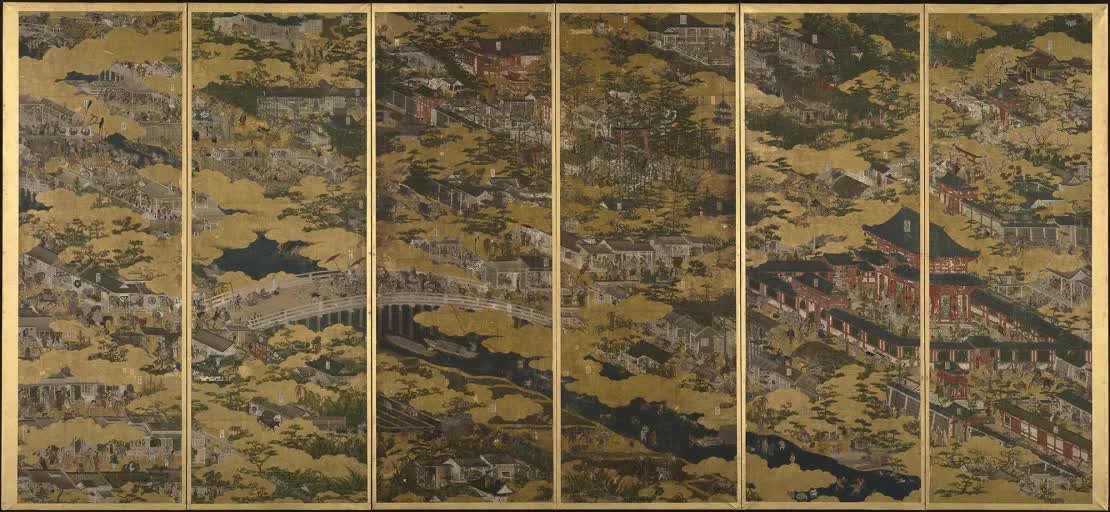
The original painting was painted around 1615. Photo: Iwasa Matabei
The Gagosian Gallery offers visitors the chance to admire paintings by Iwasa Matabei. Look closer, however, and not everything is as it seems.
The exhibition "Japanese Art History in the Style of Takashi Murakami" took place at Gagosian in London (UK).
Notably, at the exhibition, Mr. Takashi Murakami, one of the famous artists in Japan, displayed a massive artwork, restored from the original painting by author Iwasa Matabei. The painting was painted on a screen six times larger than the original. Like the original, the work depicts life in Kyoto during the Edo period in meticulous detail.
However, Murakami also made a few important additions to the original. In this 21st century version, each cloud reflection is embossed more. And there are a few other details as well.
Despite some changes, art experts still consider this to be a near-perfect copy of the painting.
“The original painting is very old. There are a lot of scars and paint is missing. About 80% is fine, and the remaining 20%, I asked the AI to color and draw,” artist Murakami said at the exhibition opening.
A conversation between the AI and the artist also takes place within the program to determine the exact filling of the gaps.
“We went back and forth a lot until we came up with a good answer. Then we created a mosaic from the AI images,” Murakami said of the process, which took about 10 months to complete, from sketching to painting small details.
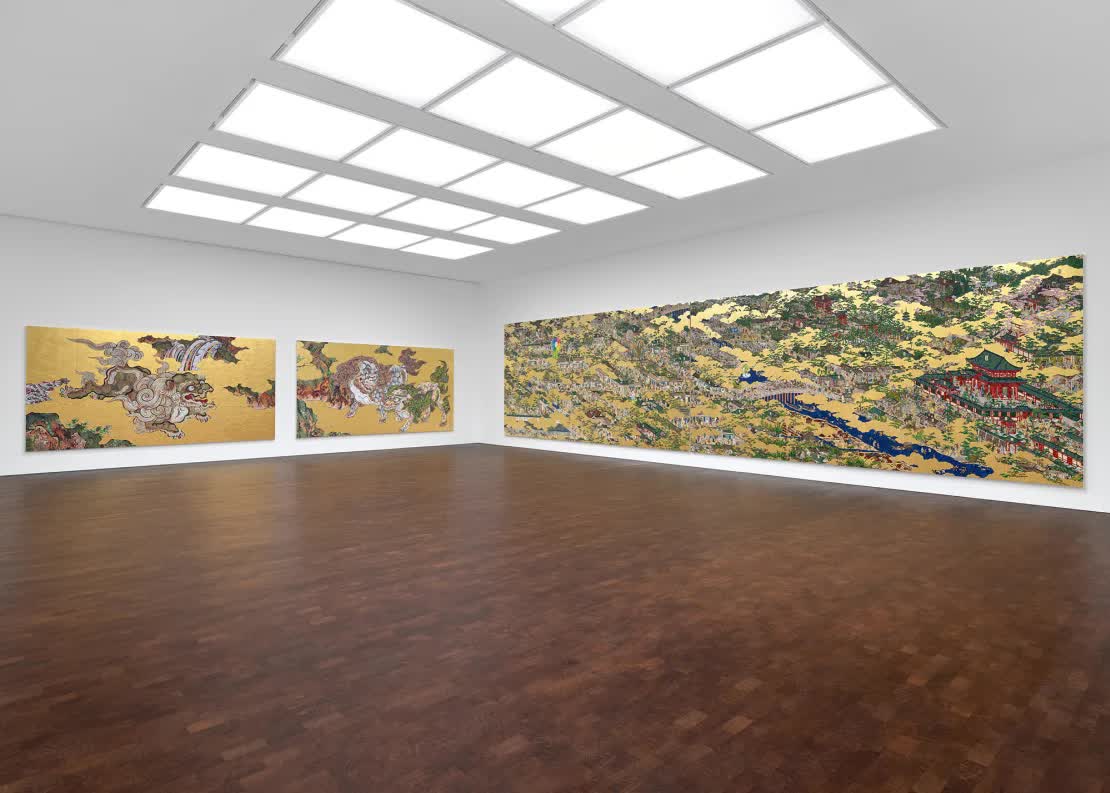
This monumental 13-meter-long artwork is the crown jewel of a new exhibition at Gagosian. Photo: Gagosian
AI tools are a hot topic in many industries right now, with heated debates surrounding whether AI will impact human creativity and the arts.
In October this year, more than 11,000 artists, including painters Amoako Boafo and Joanna Pousette-Dart, signed an open letter asking AI companies to stop using their work to write algorithms in the art field.
“Using creative works to train AI poses a huge and unjust threat to the people behind those works,” the statement said.
However, Mr. Murakami, who has previously experimented with augmented reality (AR) and created his own NFT collection in 2023, has a different perspective on AI.
“I’m 62 years old. When I was 28 or 29 (before personal computers became popular), being a designer was understood to be creating designs by hand. So the old school designers would say that work using technology is not creative, it’s not real because it’s done by computer. But now it’s different. Maybe in 10 or 20 years, anything related to AI will become popular,” he said.
"It's a growing trend"
Not only was Iwasa's painting chosen for restoration using the most advanced tools of the information age, Mr. Murakami also sought out works by other famous authors in Japan.
Elsewhere in the exhibition, classic Edo period artworks by Japanese potter and painter Ogata Kenzan, printmaker Utagawa Kuniyoshi, and painters Tawaraya Sotatsu and Kano Eitoku have been similarly restored, some even more so than those by Iwasa Matabei.
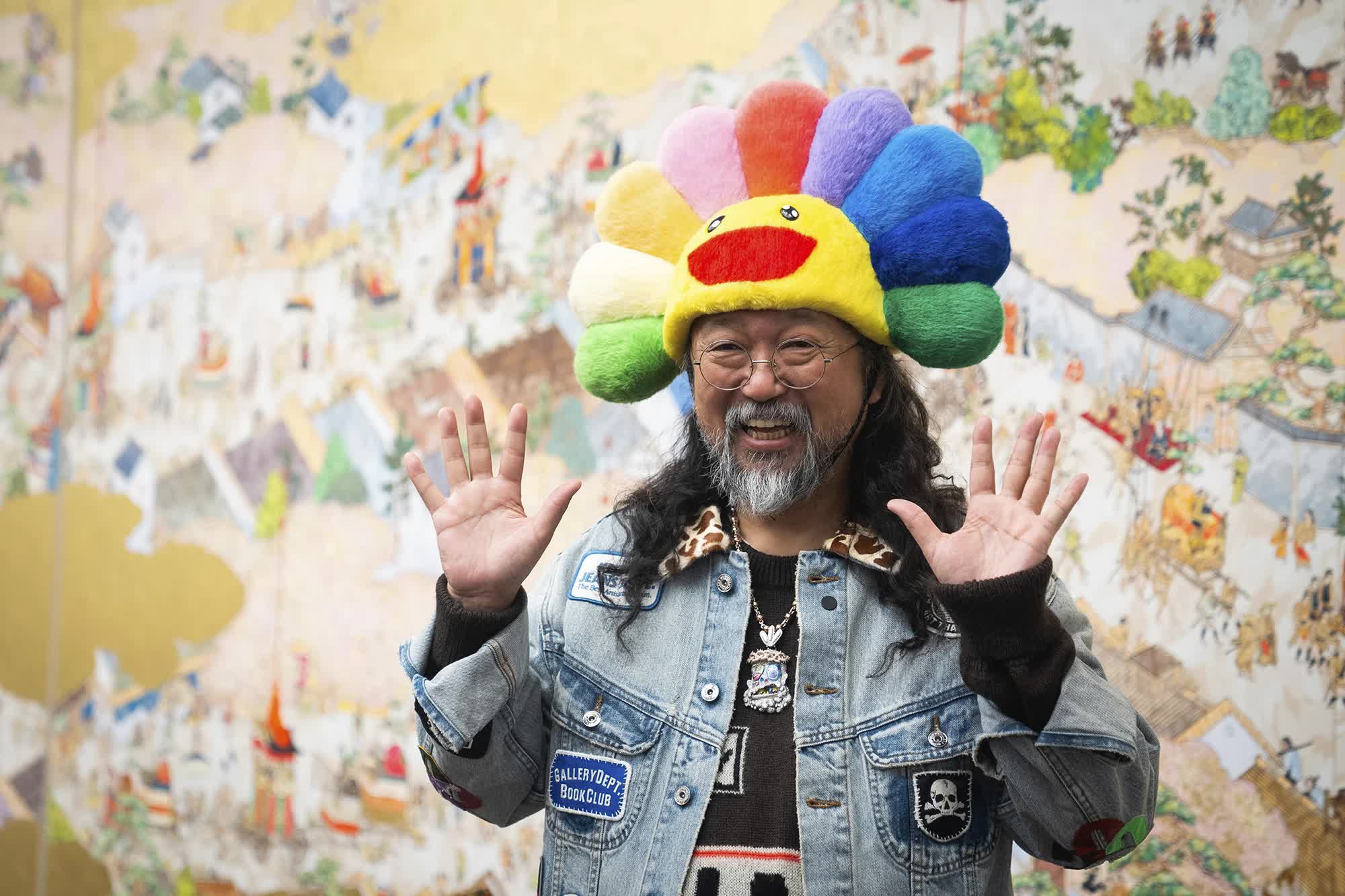
Takashi Murakami returns to London for his first solo exhibition in the UK in 15 years. Photo: James Manning/PA/AP
For example, in another restoration of Sotatsu's "Wind God and Thunder God" painting, the gods are recast in a contemporary anime style (though it feels somewhat detracts from Sotatsu's original work).
Murakami now has a factory-style gallery called Kaikai Kiki. The gallery operates like a large-scale production line, with a team of artistic assistants helping to create the works. He hired 30 more people to make copies of Iwasa. He also named the replica "Rakuchuu-Rakugai-zu Byobu: Iwasa Matabei RIP."
While many of his contemporaries refused to accept AI, Murakami's work kept him abreast of the world 's changing approach to technology.
"Some of my young assistants have never touched a pencil or a pen. Whenever they work, they use a mouse or a tablet or something. It may be very early, but in 7 or 10 years, people will be able to use AI to make quick drawings. To me, that's very strange. But this is human, it's a growing trend," he emphasized./.
Source: https://bvhttdl.gov.vn/nhat-ban-su-dung-ai-phuc-che-nhung-buc-tranh-co-noi-tieng-20241219083732211.htm


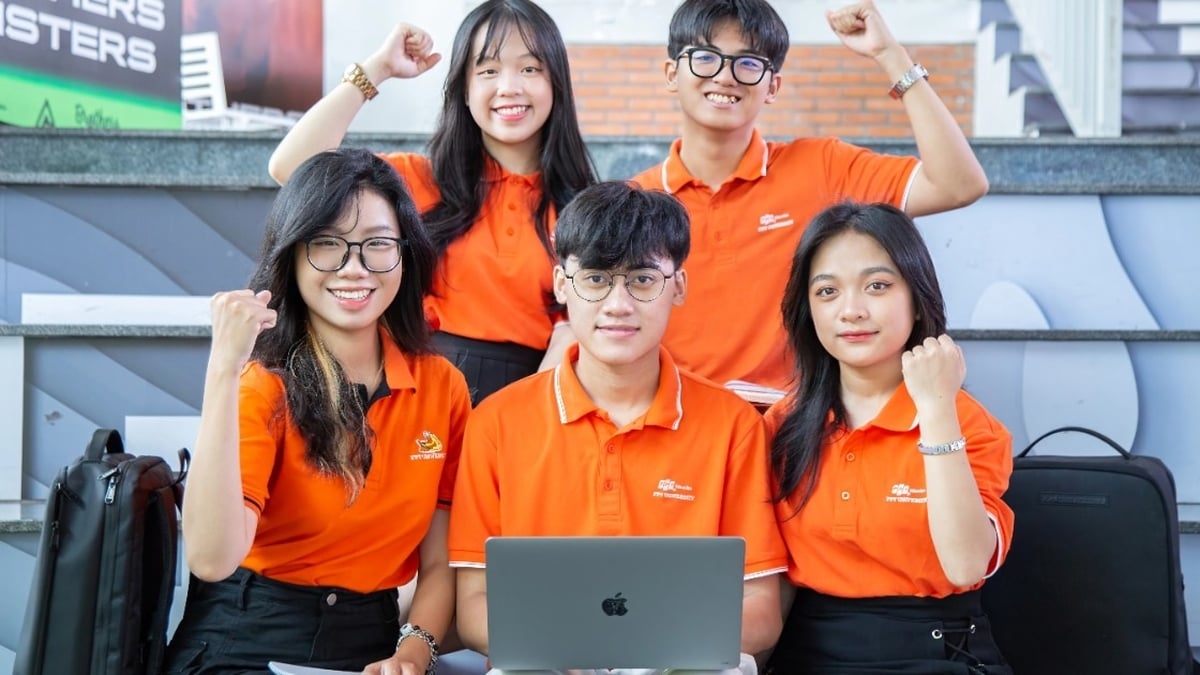
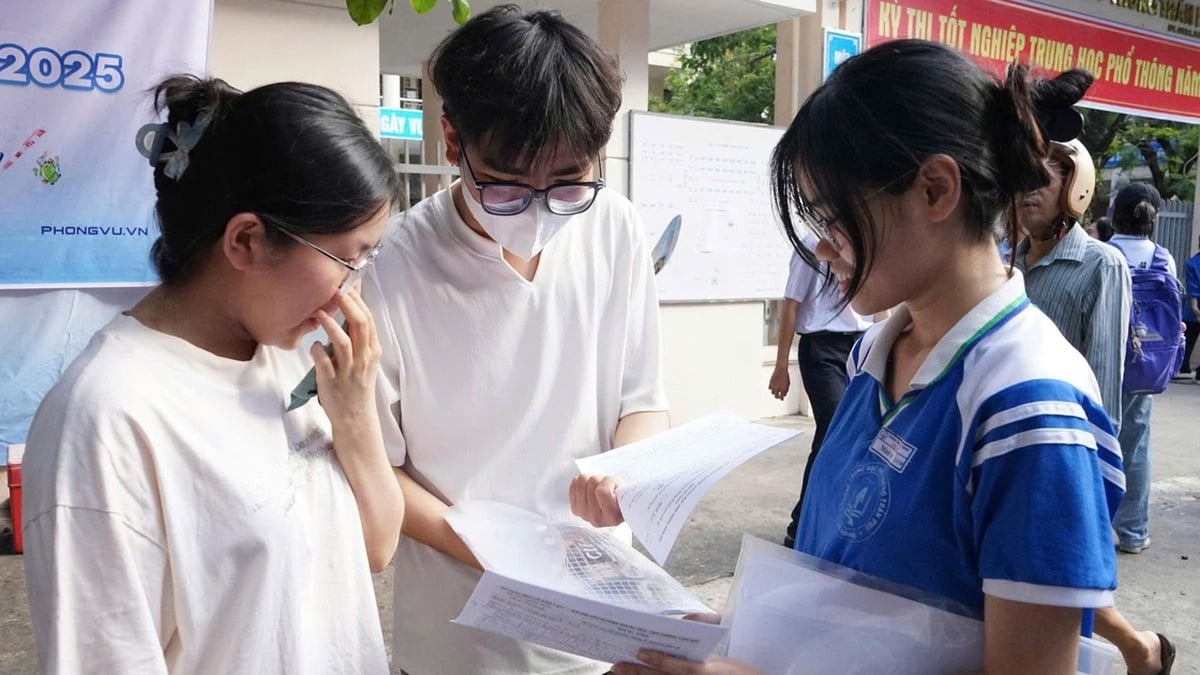

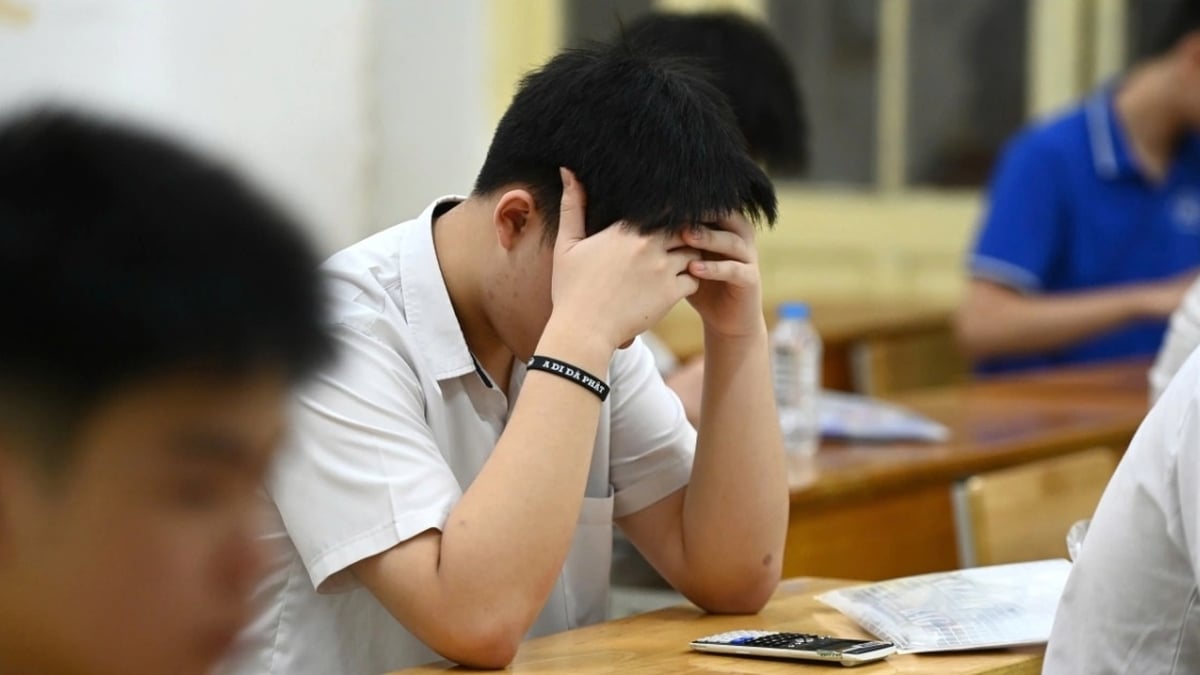
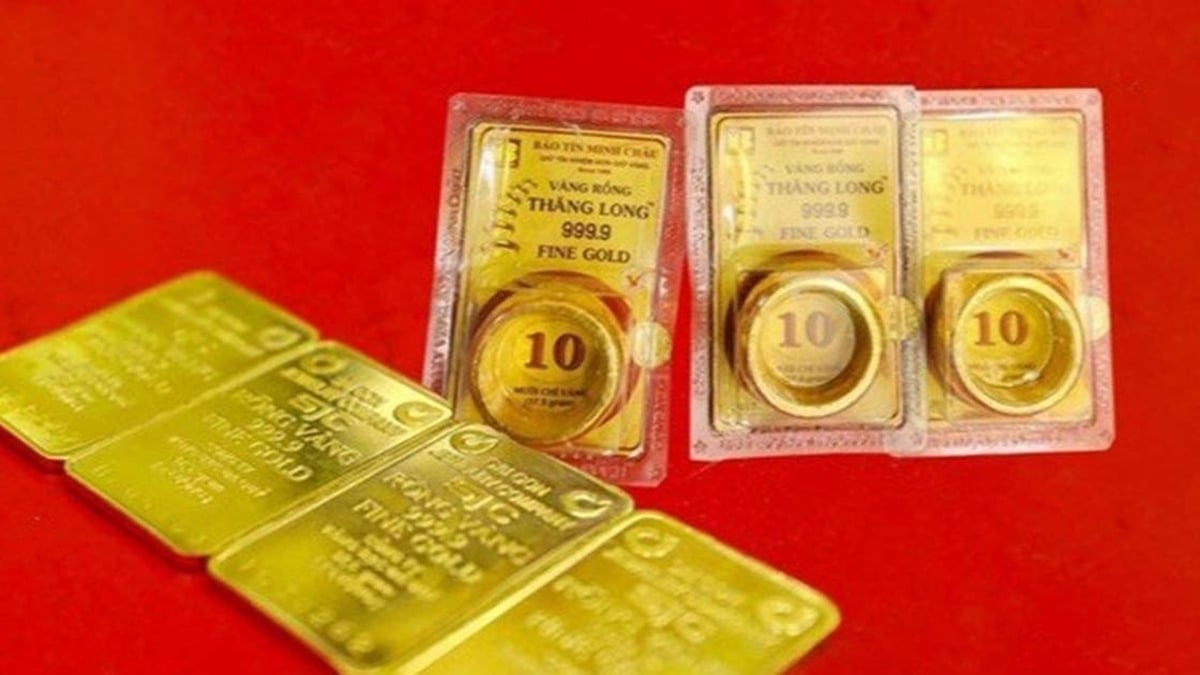

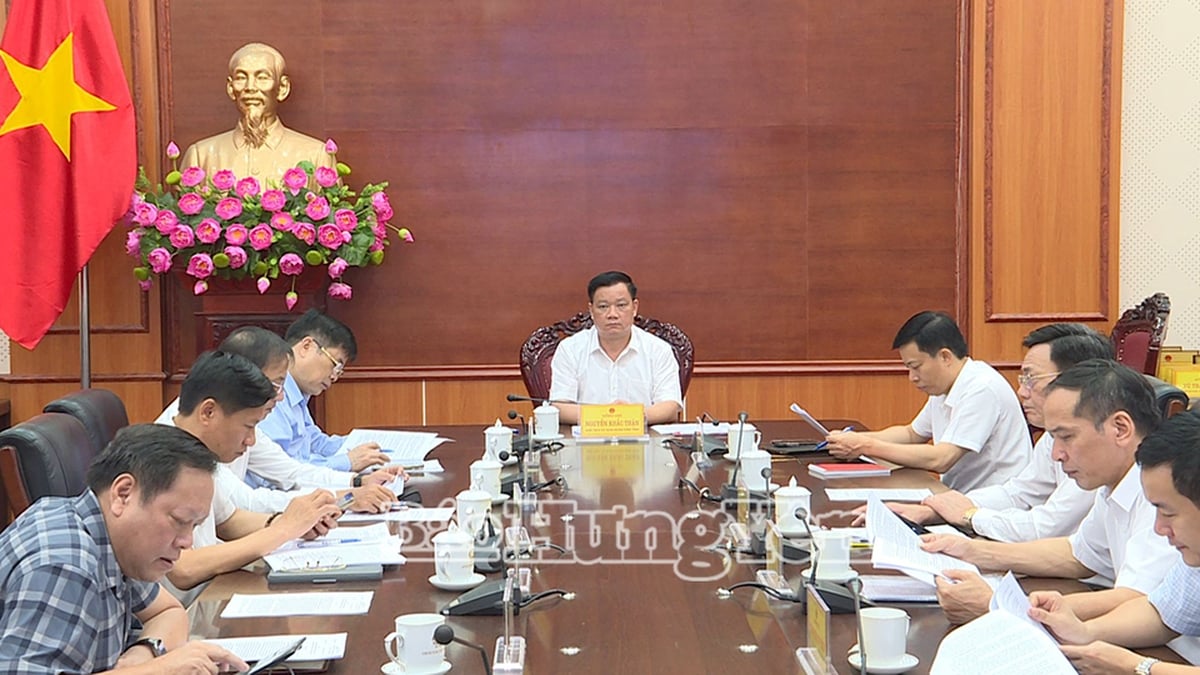
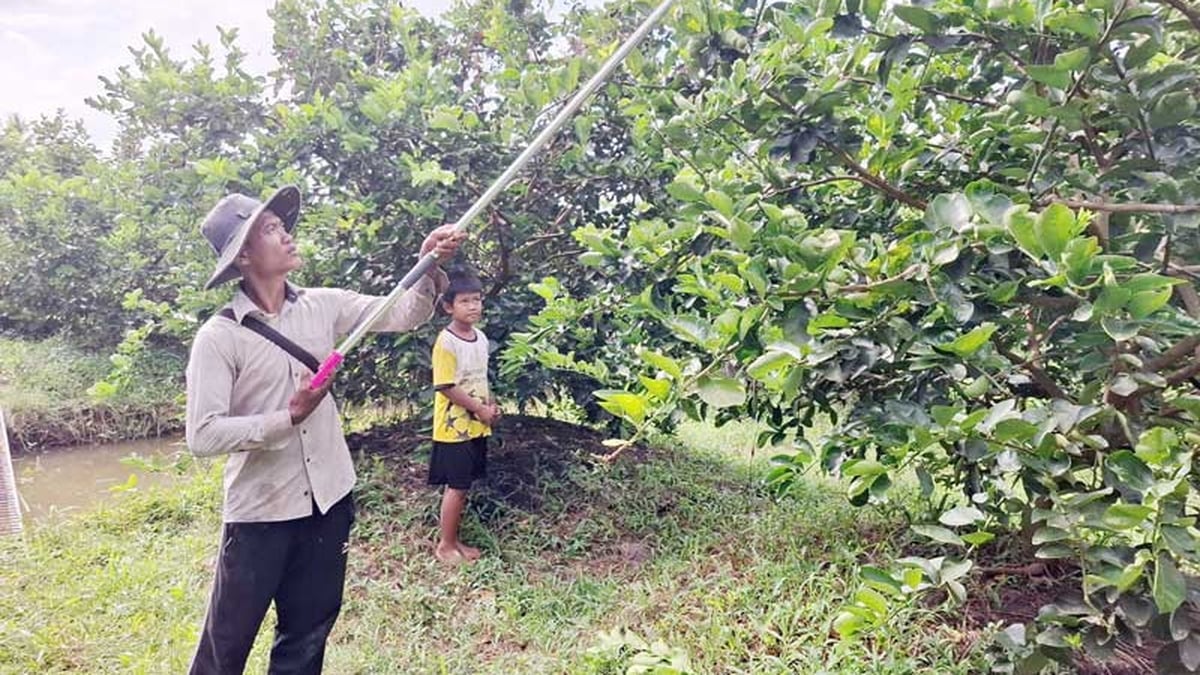

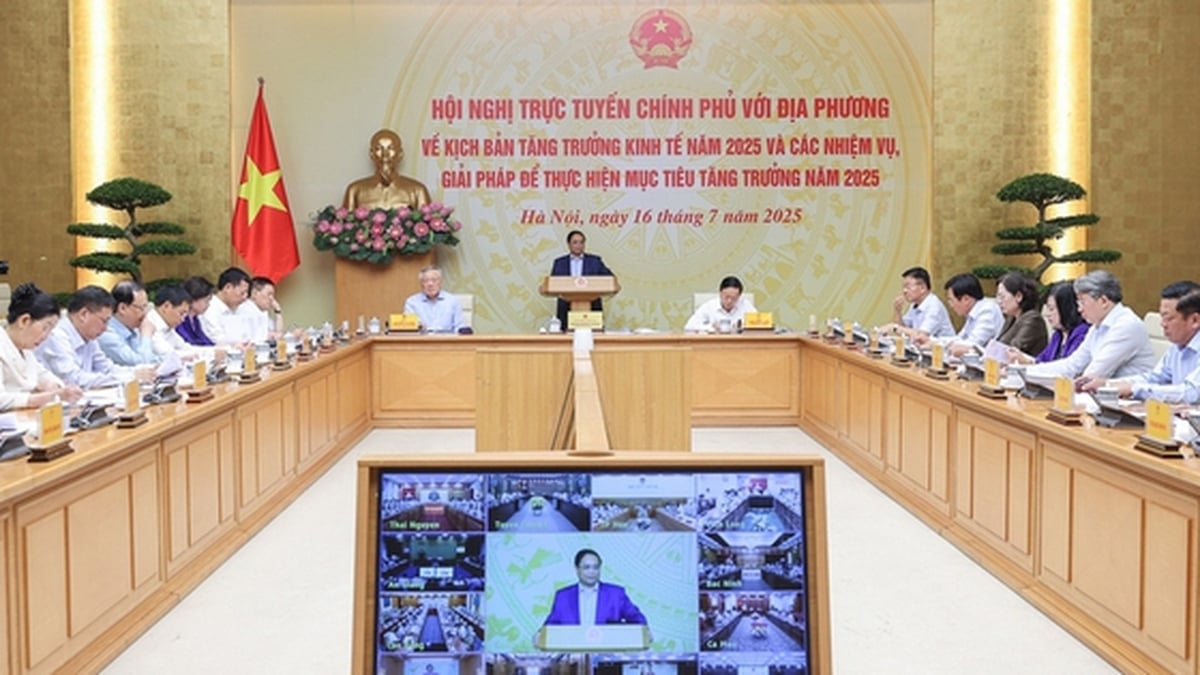




























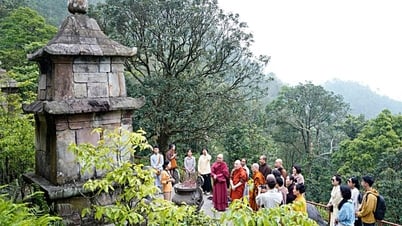









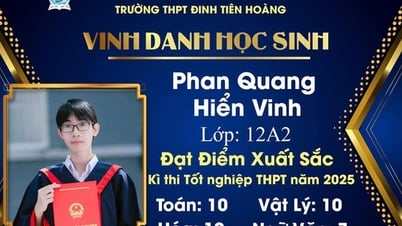

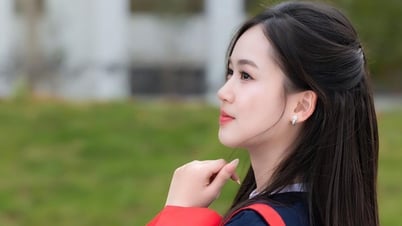






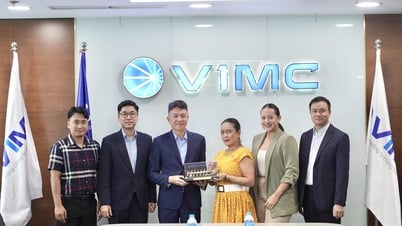





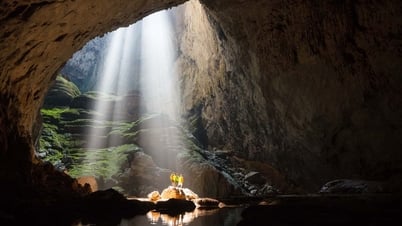




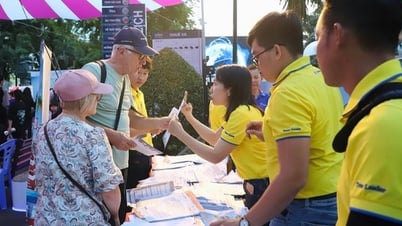

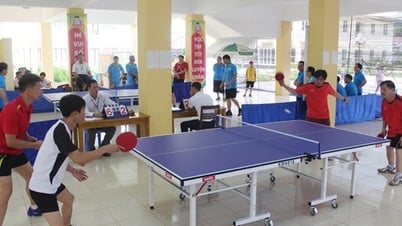




















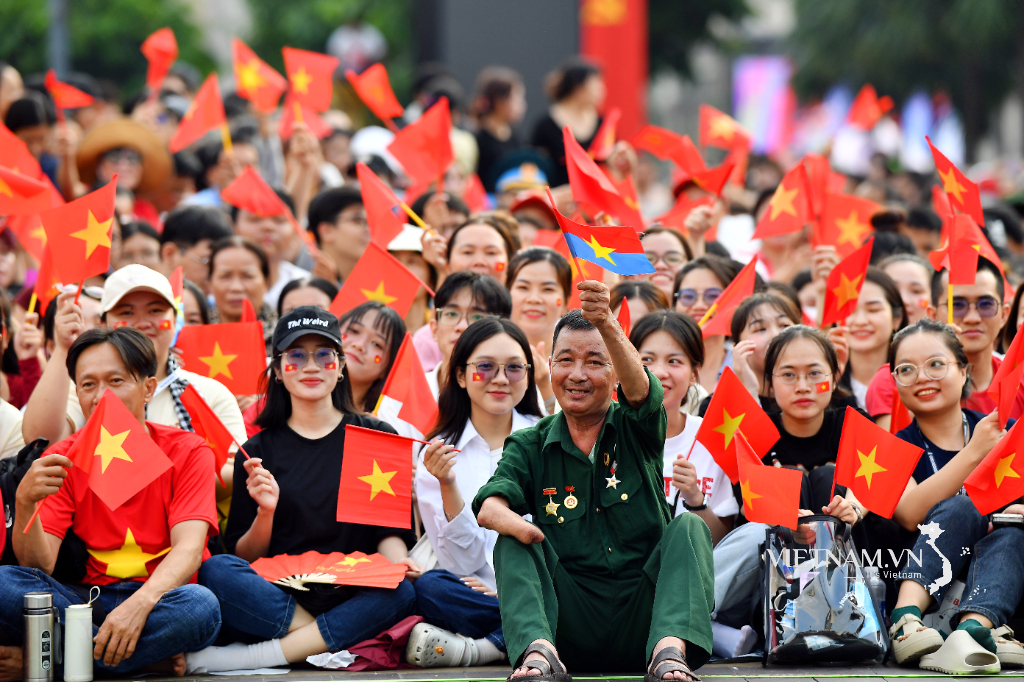

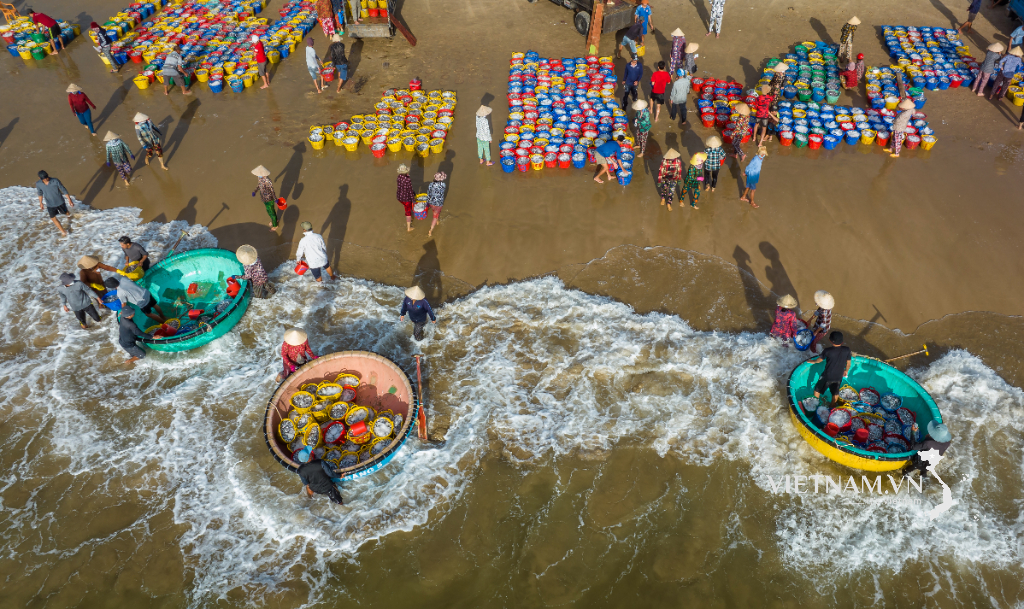
Comment (0)